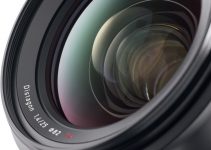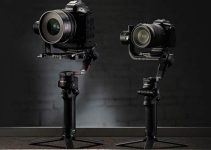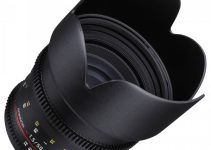The premise of shooting B-Roll may seem basic, however it can add a tremendous amount of production value to your project. Whether it be clips to cut in between during an interview or a quick montage for a product showcase, B-Roll (secondary footage) gives audiences a greater understanding of the main content, acting almost like a visual sub-plot.
Even though the process of shooting B-Roll is rather straightforward, there are a few techniques that can be used to make the footage seem more exciting and polished.
First advice when it comes to shooting B-Roll outlined in the Daniel Schiffer’s video above is to use portable lighting. Depending on where you shoot, it’s quite possible that the location you’re in may not have sufficient light for proper shooting.
To let your subject shine in these dimly-lit environments, consider carrying a portable light source such as the Yongnuo 360II, GODOX LED M32, or Aputure AL-M9. In fact, if you’re really desperate for light, an iPhone flashlight is still better than nothing. Either way, remember that B-Roll is worthless unless you can actually see your subject.
The second tip outlined in the video is to shoot for longer than you intend to use in the final edit, giving you the flexibility of creating speed ramp transitions. These types of transitions are essentially when each shot varies in speed before it cuts to the next. In order to create the transition, you’ll need to shoot your footage correctly by starting and ending your shots earlier/later than you intend on using.
While you may choose not to perform a speed ramp transition, having a few extra seconds before and after your camera move gives you the option to prolong your shots or transition, even if you couldn’t decide on the day of shooting.
The last technique shown by Schiffer is called the reverse focus reveal. A popular shot seen in B-Roll footage is the shot wherein a subject comes into focus as the camera moves closer to it. However, pulling this shot off is difficult as it’s very easy to miss your marks when trying to push into your subject with the camera, especially using low apertures.
To accomplish this technique, simply shoot your footage in reverse. Start the shot with the subject in-focus and close to the camera. After a few seconds, pull your camera back until the subject is far from the lens and out-of-focus. The last step would then be to reverse your footage in post so that the camera ends up going towards the subject. If you want to smooth out the motion, you can try shooting at a higher frame rate like 60 or 120 fps then slowing the clip down in your NLE.
When it comes to B-Roll, B does not have to stand for boring. These secondary shots don’t have to static cutaways to a picture or a still piece of video. Instead, try implementing the techniques listed above to add purpose, meaning and visual interest to your inserts.
[source: Daniel Schiffer]
Disclaimer: As an Amazon Associate partner and participant in B&H and Adorama Affiliate programmes, we earn a small comission from each purchase made through the affiliate links listed above at no additional cost to you.




